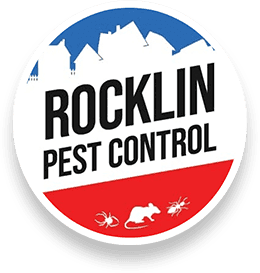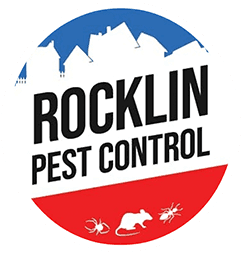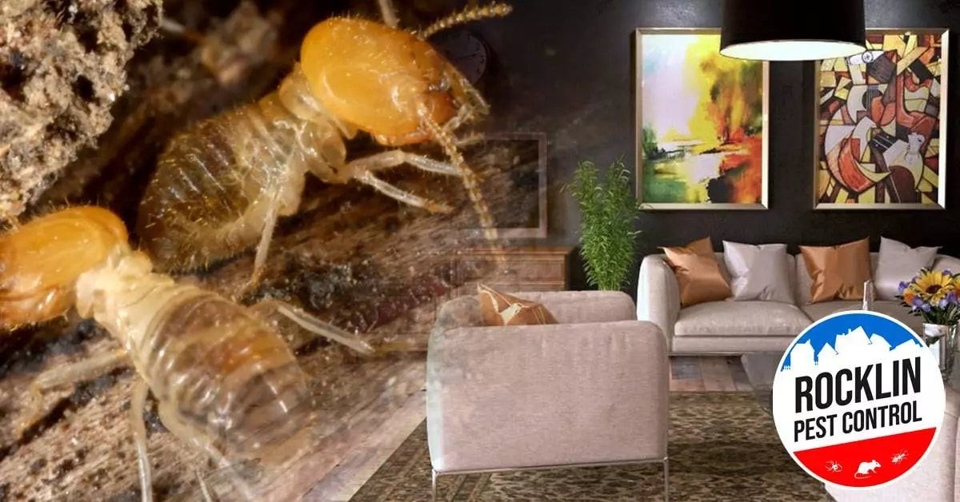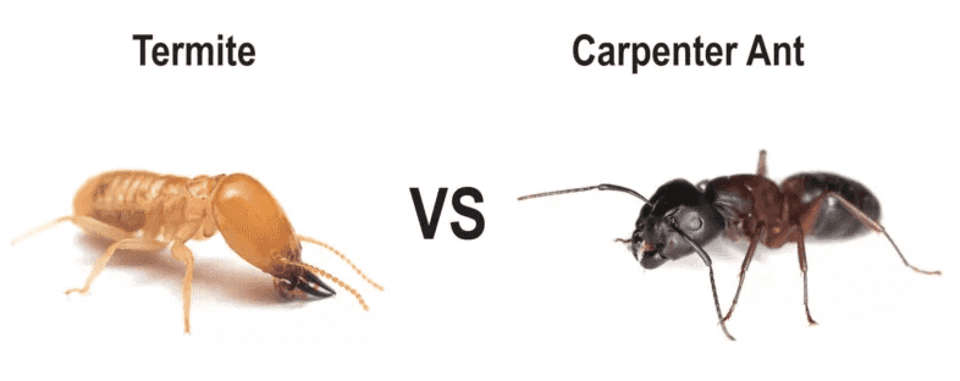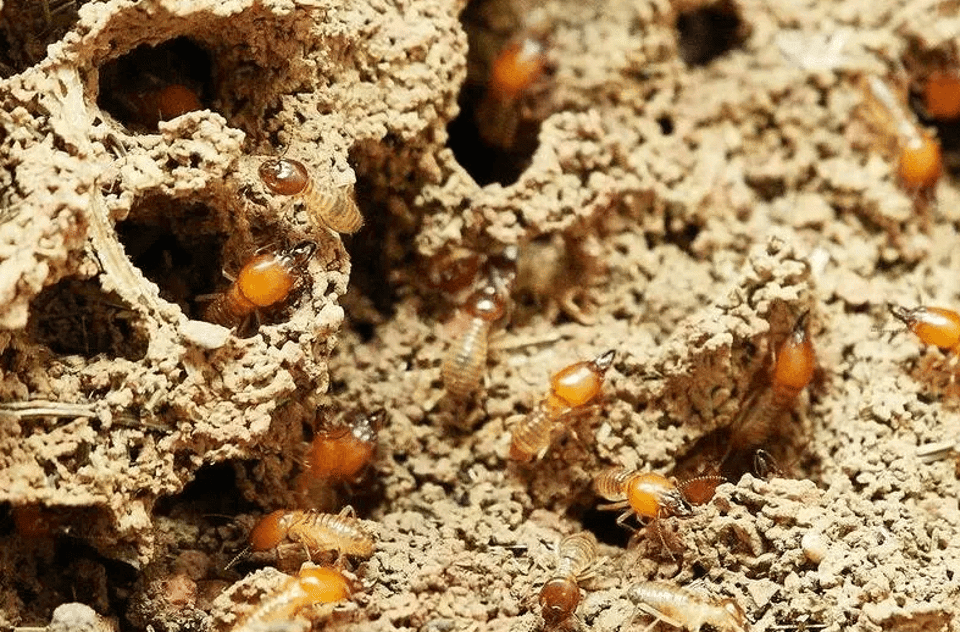Dry rot is one of the most devastating infestations that you can experience in your home during the wintertime. Oftentimes, dry rot is not discovered until the damage has reached a critical level. Worry not, as we are here to help you out. But before we tell you how you can stop dry rot during the winter, allow us to help you determine if the wood in your home is just plain dusty or if it has already been infected by the fungus:
- CHANGE IN TEXTURE
You know how the materials of your homes should feel. If a surface that used to be smooth is a bit rough and dusty, then most likely, an infestation is brewing. The same goes for rough-surfaced lumber. If over time it has become slippery, then something is going on with the wood.
- COMPROMISED INTEGRITY
Wood and lumber should be hard, sturdy, and reliable. Wood that easily crumbles with a slight application of pressure can mean that it has been infected by fungi. So you can start checking your home’s foundation by trying to tip off small bits of it.
- PRESENCE OF SPORE DUST
Homes made of timber usually always have the presence of spore dust. However, if spore dust is concentrated at an abnormal volume, there is most likely an infestation. Dry rot spore dust is usually fine orange bordering brown dust.
- FORMATION OF HYPHAE
Hyphae is developed when the fungi of the dry rot matures. The hyphae extract the moisture of the healthy parts of the timber and gradually decay it. On the outside, hyphae will appear like thin grey strands but not similar to spider webs.
If you are still unsure about the dry rot in your house, give Rocklin Pest Control a call. And don’t forget to check for signs that your home or workplace will be needing professional help soon.
Now, there are various ways we can stop the dry rot in your place, and here are some of them:
- ISOLATE THE AREA
If dry rot has appeared in an area of your home or workplace, the space should be isolated immediately because the fungus could easily spread. Longer exposure to the dry rot will endanger the other wooden parts of the house or office. But how does dry rot spread? Since dry rot is caused by fungi, its spores are enough to spread trouble.
- TREAT NEARBY AREAS
After isolation, treatment is next. Some would try to do the treatment via DIY. However, handling dangerous chemicals can pose serious threats to the health and safety of the homeowners if mishandled. Another issue with DIY treatments is getting the right proportion between combined chemicals. Putting too much or little is both a waste of time and money because treatment will not yield the same result.
For treatment, it is best to call in professionals who are trained to handle the prescribed chemicals, specific to the materials used in your homes.
During the winter, treating wood is more technical because of the moisture present in the air. Unfortunately, the fungus that produces the dry rot loves the moisture. The fungi will eat away the wood by breaking down the cellulose and hemicellulose of the wood. Good news though as we are currently offering our Winter Special Promo just for you!
Our team at Rocklin Pest Control does not only handle insects or animal pests, but we can also help you secure the quality of your homes by making it is infestation-free. Do not hesitate to shoot us an email if you have any questions. It is always best not to compromise the safety of your family and pets over a DIY Project.
